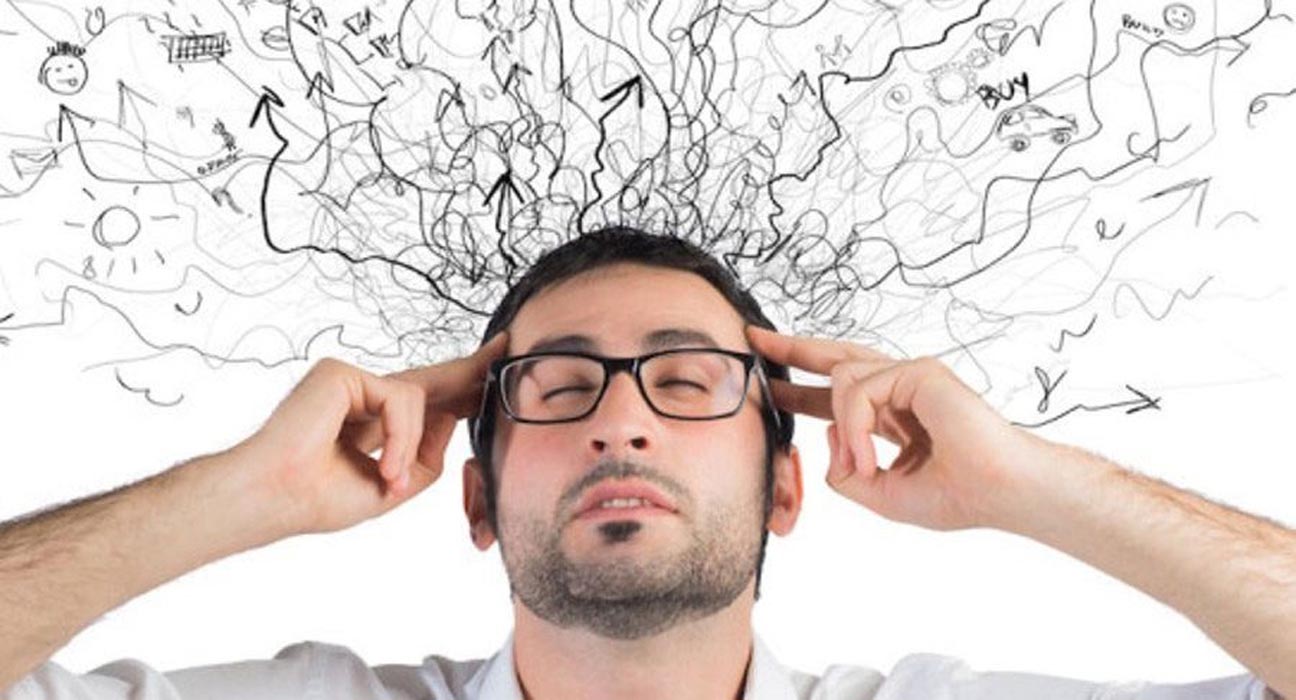Everyone has moments of forgetfulness from time to time, especially when life gets busy. While this can be a completely normal occurrence, having poor memory & problem-solving skill can be frustrating. In this article, we will discuss, How to Improve Memory Power and Problem solving Skill?
How to Improve Memory and Problem solving Skill?
Improve Problem solving Skill
Before we get to the activities, let’s refine our understanding of problem-solving skills, which are any techniques that help you consistently:
- Understand the causes of problems
- Overcome short-term crises
- Create strategies to solve long-term problems
- Turn problems into opportunities
Get a Good Night’s Sleep
More than any other sleeping or awake state, Rapid Eye Movement (REM) sleep directly enhances creative processing in the brain. REM sleep helps “stimulate associative networks, allowing the brain to make new and useful associations between unrelated ideas” and are “not due to selective memory enhancements” such as memory consolidation, which occurs when awake.
Work out Your Brain with Logic Puzzles or Games
The winning strategy when playing chess, Sudoku, a Rubik’s Cube, or other brain-boosting games is actually to work the problem backward, not forward. The same strategy can apply to realistic strategic-thinking situations.
To build up your brain muscle and develop new problem-solving techniques, practice some logic puzzles and other games.
Read Top 10 Skill A Student Must Have
Use Mind Maps to Help Visualize the Problem
Mind Maps, a visual snapshot of a problem and its possible solutions, can help focus the mind, stimulate the brain, increase the capacity for creative thinking, and generate more ideas for solutions.
Make a Mind Map by drawing your problem as the central idea. Add “main branches” consisting of all the reasons for the problem. Use “sub-branches” to explore further details.
Next, make a separate Mind Map of all possible solutions to the central problem. Add “main branches” showing all the ways that your problem can be solved, such as colleagues that can help, techniques you can apply, and other resources you can use. Add “sub-branches” to further explore the details. Make a final branch with the most suitable solution for the main problem. Use “sub-branches” for details.
Through this exercise, you should be able to see which “branch” or option is the most practical, time-saving, and cost-effective problem-solving method.
Focus on the Solution, Not the Problem
Neuroscientists have proven that your brain cannot find solutions if you focus on the problem.[1] This is because when you focus on the problem, you’re effectively feeding ‘negativity,’ which in turn activates negative emotions in the brain. These emotions block potential solutions.
I’m not saying you should ‘ignore the problem,’ instead, try to remain calm. It helps to first, acknowledge the problem; and then, move your focus to a solution-oriented mindset where you keep fixed on what the ‘answer’ could be, rather than lingering on ‘what went wrong’ and ‘who’s a fault it is’.
Adapt 5 Whys to Clearly Define the Problem
5 Whys is a problem-solving framework to help you get to the root of a problem.
By repeatedly asking the question “why” on a problem, you can dig into the root cause of a problem, and that’s how you can find the best solution to tackle the root problem once and for all. And it can go deeper than just asking why five times.
For example:
- Why am I late to work?
I always click the snooze button and just want to go on sleeping. - Why do I want to go on sleeping?
I feel so tired in the morning. - Why do I feel tired in the morning?
I slept late the night before, that’s why. - Why did I sleep late?
I wasn’t sleepy after drinking coffee, and I just kept scrolling my Facebook feed and somehow I couldn’t stop. - Why did I drink coffee?
Because I was too sleepy at work in the afternoon, not having enough sleep the night before.
So there you see, if you didn’t try to dig out the root of the problem, you may just set a few more alarms and have it beep every five minutes in the morning. But in fact, the problem you need to solve is to quit Facebook surfing endlessly at night so you’ll feel more energetic in the day time, and you won’t even need coffee.
List out as Many Solutions as Possible
Try to come up with ‘ALL POSSIBLE SOLUTIONS’ – even if they seem ridiculous at first. It’s important you keep an open mind to boost creative thinking, which can trigger potential solutions.
Coming from 10 years in the corporate advertising industry, it is drummed into you that ‘No idea is a bad idea’, and this aids creative thinking in brainstorms and other problem-solving techniques.
Whatever you do, do not ridicule yourself for coming up with ‘stupid solutions’ as it’s often the crazy ideas that trigger other more viable solutions.
Think Laterally
Change the ‘direction’ of your thoughts by thinking laterally. Pay attention to the saying,
Try to change your approach and look at things in a new way. You can try flipping your objective around and looking for a solution that is the polar opposite!
Even if it feels silly, a fresh and unique approach usually stimulates a fresh solution.
The Bottom Line
Try not to view problems as ‘scary’ things! If you think about what a problem really is, it’s really just feedback on your current situation.
Every problem is telling you that something is not currently working and that you need to find a new way around it.
So try to approach problems neutrally – without any judgment. Practice focusing on defining a problem, keep calm, and not to make things too complicated.
How to Improve Memory and Problem-solving Skills
Improve memory power
Our memories are an integral part of who we are, but as we age our memory declines. The good news is that scientists have been learning more about our brain’s amazing capacity to change and grow new neural connections each day, even in old age. This concept is known as neuroplasticity. Through research on neuroplasticity, scientists have discovered that our memory capacity isn’t fixed, but rather malleable like plastic.
To take full advantage of neuroplasticity, you’ll need to exercise your brain and take care of your body. These tips and tricks are some of the most effective methods for improving memory.
Learn something new:
Memory strength is just like muscular strength. The more you use it, the stronger it gets. But you can’t lift the same size weight every day and expect to get stronger. You’ll need to keep your brain constantly challenged. Learning a new skill is an excellent way to strengthen your brain’s memory capacity.
There are many activities to choose from, but most importantly, you’ll need to find something that forces you out of your comfort zone and commands your full attention.
Here are some examples:
- learn a new instrument
- make pottery
- play mind games, like Sudoku or chess
- learn a new type of dance, like the tango
- learn a new language
Repeat and retrieve
Any time you learn a new piece of information, you’re more likely to mentally record that information if it’s repeated.
Repetition reinforces the connections we create between neurons. Repeat what you hear out loud. Try using it in a sentence. Write it down and read it aloud.
But the work doesn’t stop there. Research shows that simple repetition is an ineffective learning tool if used on its own. You’ll need to sit back down later and actively try to retrieve the information without looking at where you wrote it down. Testing yourself to retrieve the information is better than repeated studying. Practicing retrieval creates more long-term and meaningful learning experiences.





